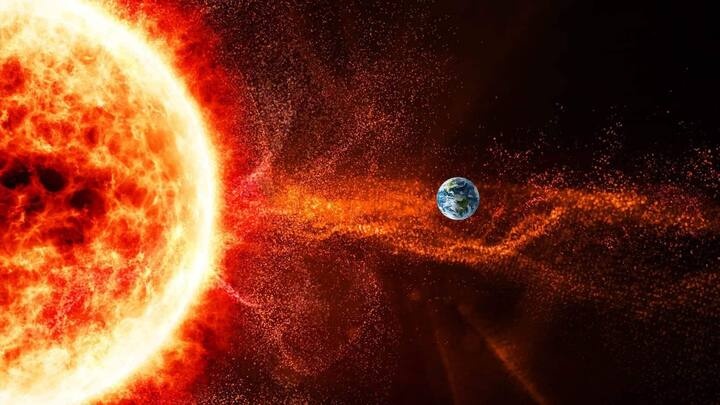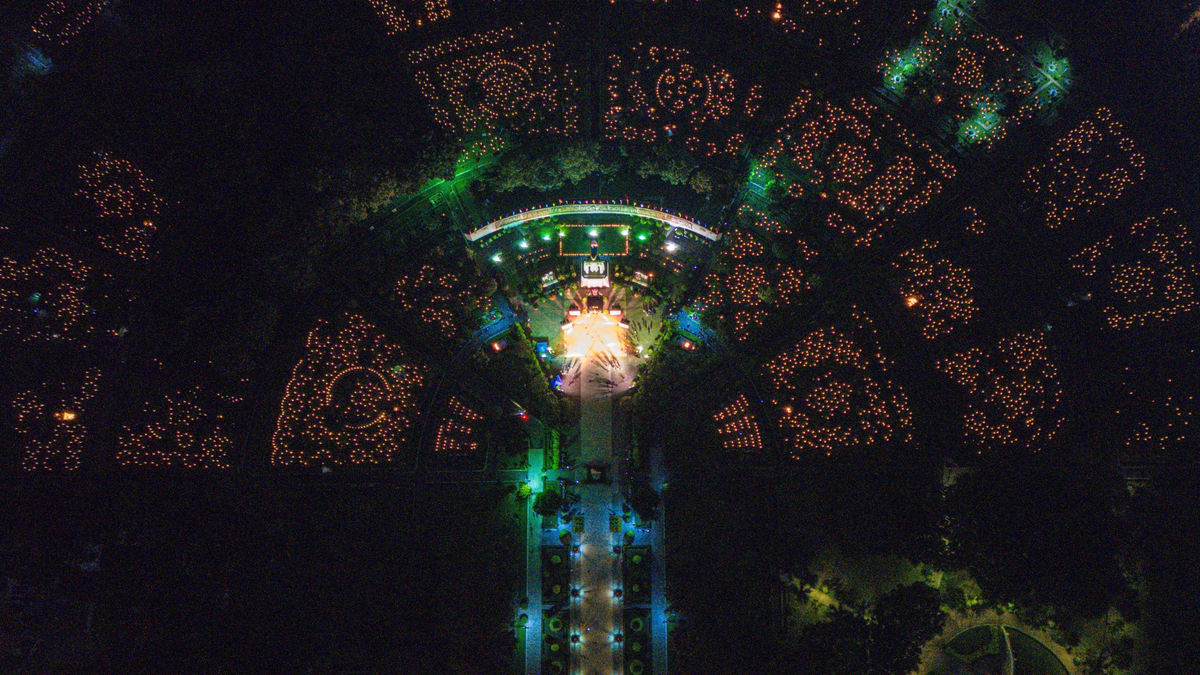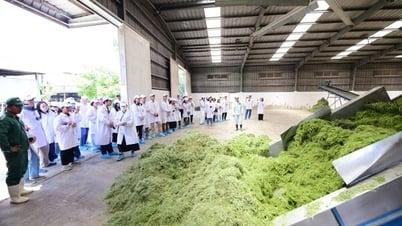 |
Increasing solar storms pose a threat to satellites in space. Photo: NewBytes . |
A new study suggests that increased solar activity could shorten the lifespan of SpaceX’s Starlink satellites and even cause them to crash back to Earth at greater speeds, increasing the risk of satellite debris hitting the ground.
The Sun moves through an approximately 11-year cycle, called a solar cycle, consisting of a phase of increase and a maximum. As the planet approaches its peak, there are often strong magnetic disturbances and radiation events that affect Earth.
Meanwhile, the number of satellites launched into space, especially low Earth orbit, has skyrocketed. The emergence of mega-satellite constellations like Starlink, and from many other countries, has made the space around Earth more crowded than ever.
The study, led by Dr Denny Oliveira, from NASA's Goddard Space Flight Center, tracked the Starlink satellites' re-entries from 2020 to 2024. This period coincides with the rising phase of the current solar cycle, before reaching a maximum in October 2024.
Over those five years, 523 Starlink satellites reentered Earth’s atmosphere. Oliveira and his colleagues analyzed the orbits of these satellites using a statistical technique to determine whether re-entry rates were faster when the Sun was more active.
The satellites were designed to remain in orbit for about five years. However, magnetic turbulence, or disturbances in the upper atmosphere caused by solar eruptions, could shorten their lifespan and cause them to re-enter the atmosphere 10 to 12 days earlier, Oliveira said.
Magnetic disturbances heat the atmosphere and cause it to expand, increasing drag on satellites. In addition to shortening their lifespans, atmospheric drag can increase the risk of collisions between satellites. The team’s research, published on arXiv, found that current orbital models used to avoid collisions do not fully account for the effects of magnetic disturbances.
The difference may not sound like much, but it’s enough to make it nearly impossible for SpaceX to control the Starlink satellites’ return to Earth. Plus, the increased drag causes the device to fall at a higher velocity, increasing the risk of satellite debris hitting the ground.
Normally, increasing the velocity of an object upon re-entry would also increase the likelihood of it burning up completely. However, Oliveira suggests that the Starlink satellites have a higher chance of surviving re-entry due to their reduced interaction with the atmosphere. This hypothesis needs to be further tested, as the current study did not directly assess the risk of debris hitting the ground.
There are currently more than 7,500 Starlink satellites in orbit, according to Harvard University astronomer Jonathan McDowell, who tracks the constellation. That’s in addition to the thousands of other satellites currently orbiting Earth. In the long term, SpaceX hopes to increase that number fivefold, with the goal of launching a total of 42,000 vehicles, according to Space.com.
This is the first time in history that so many satellites have been in orbit at the same time. “So now, we’re re-entering the atmosphere almost every week. And it’s likely that in the coming months or years, it will be every day,” Oliveira said.
Source: https://znews.vn/ve-tinh-internet-cua-elon-musk-gap-kho-vi-bao-mat-troi-post1557516.html



































































































Comment (0)